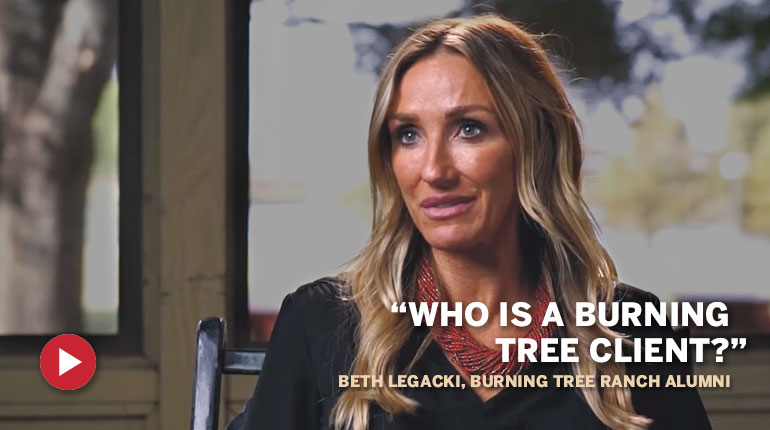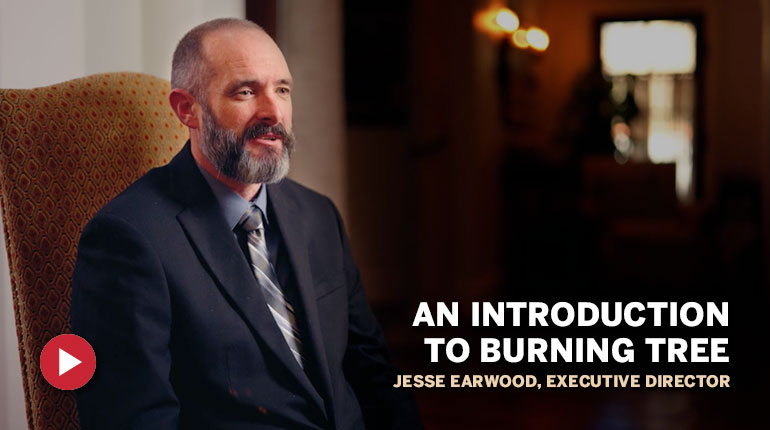Recognizing Relapse with an Addiction to Xanax
Table of Contents
Xanax Relapse: A Silent Struggle - Understanding, Preventing, and Overcoming
Xanax, whose generic name is alprazolam, is a prescription medication introduced in the 1980s by the pharmaceutical company Upjohn (now part of Pfizer). Xanax, classified under the broad category of benzodiazepines, is often prescribed due to its calming, sleep-inducing, and anxiety-reducing effects.
Over the years, this medication has risen to prominence as one of the most frequently prescribed psychiatric drugs in the United States. It’s mainly utilized for the management of anxiety and panic disorders, along with conditions like insomnia.
However, it has also become a frequently misused substance due to its high potential for dependence and addiction, especially when used for non-medical purposes or beyond prescribed doses.
Recognizing Xanax Addiction
Xanax addiction can manifest in various ways, and recognizing the signs is crucial for early intervention. Symptoms and signs of Xanax addiction include:
- Taking Xanax in higher doses or more frequently than prescribed.
- Doctor shopping to obtain multiple prescriptions.
- Forging prescriptions or purchasing Xanax illegally.
- Experiencing withdrawal symptoms (such as increased anxiety, insomnia, tremors, or seizures) when stopping or reducing Xanax use.
- Neglecting personal and professional responsibilities.
- Spending significant time and resources to obtain and use Xanax.
- Prioritizing Xanax use over hobbies, social activities, and interpersonal relationships.
- Continuing to use Xanax despite negative consequences on one’s life and health.
- Developing tolerance to Xanax, requiring increasingly larger doses to achieve the same effect.
- Cravings or an overwhelming urge to use Xanax.
- The Effect on Mental and Physical Health
- Xanax addiction can have both short- and long-term consequences on a person’s mental and physical health.
- Increased anxiety and depression.
- Impaired memory and cognitive function.
- Emotional instability and mood swings.
- Heightened risk of suicidal thoughts or actions.
- Drowsiness, dizziness, and impaired coordination.
- Slowed breathing and heart rate, increasing the risk of respiratory depression.
- Increased risk of injuries and accidents due to impaired motor skills.
- Weakened immune system, leaving the individual more susceptible to illness.
- Disrupted sleep patterns and insomnia.
- Seizures, especially during withdrawal or when stopping Xanax use abruptly.
Xanax Relapse
Relapse, in the context of Xanax addiction, refers to the return to Xanax use after a period of abstinence. It’s crucial to understand that relapse doesn’t imply failure but is a common part of the recovery journey for many individuals.
Stages of Relapse:
A relapse is often not a single event but a process involving three emotional, mental, and physical stages. Emotional relapse involves feelings of unrest, isolation, and poor self-care. Mental relapse is characterized by battling thoughts of drug use and planning relapse. Physical relapse occurs when the individual resumes using Xanax. Recognizing these early stages can help prevent a full-blown relapse.
Warning Signs of a Potential Relapse
Identifying the warning signs of relapse can be essential to maintaining recovery from Xanax addiction.
Context Around Relapse Events: The context around relapse events can be related to people, places, things, or emotional states that remind individuals of their Xanax use and spark cravings. This may also include stressful situations, social isolation, exposure to Xanax or related substances, and certain social settings or groups.
Warning Signs: Warning signs of Xanax relapse might include heightened anxiety, changes in attitude or behavior, neglect of self-care, withdrawal from supportive relationships, and fantasizing about Xanax use.
Early recognition of these warning signs allows individuals and their support network to take action to prevent a potential relapse, such as seeking help from a healthcare professional, attending a support group meeting, or implementing coping strategies learned in treatment.
Recovery from Xanax Addiction
Understanding Withdrawal and Detoxification
Recovery from Xanax addiction begins with withdrawal and detoxification, which are essential processes to cleanse the body of the drug and restore the individual to a more stable physical and mental state.
The Process of Withdrawal: Xanax withdrawal can be an uncomfortable and challenging experience. The severity of symptoms can vary widely, depending on factors like the duration of use, dosage, and individual physiological differences. Common withdrawal symptoms include increased anxiety, irritability, insomnia, muscle aches, tremors, sweating, nausea, and, in extreme cases, seizures. Withdrawal symptoms may begin within hours of the last dose and may last for days to weeks. It’s important to remember that withdrawal should always be managed under medical supervision to ensure the safety and well-being of the individual.
The Role of Medical Detoxification: Medical detoxification is a supervised process wherein healthcare professionals closely monitor and manage withdrawal symptoms, often providing medications to alleviate discomfort and prevent complications. In some cases, a gradual tapering off Xanax may be implemented to minimize withdrawal symptoms and reduce the risk of seizures. Medical detoxification ensures a safe, controlled environment for the individual, setting a solid foundation for the next phase of recovery.
Rehabilitation and Treatment Options
Once an individual has completed the detoxification process, the next step in recovery is rehabilitation, which involves addressing the psychological aspects of addiction. Various treatment options are available, depending on individual needs, preferences, and circumstances.
Inpatient Rehabilitation: Inpatient rehab is a structured, intensive program that requires patients to reside at an addiction treatment center for the duration of the program, typically 30 to 90 days. This setting provides a supportive, drug-free environment where individuals receive round-the-clock care and supervision. Inpatient rehab usually offers a combination of individual and group therapies, psychoeducation, and support from peers and staff. The emphasis is on understanding the root causes of addiction, learning coping strategies, and developing a relapse prevention plan.
Outpatient Rehabilitation: Outpatient rehab is a more flexible treatment option, allowing individuals to attend therapy sessions at a designated facility while living at home or in a sober living environment. This option is suitable for those with mild to moderate addiction, strong support systems, and minimal risk of relapse.
Outpatient rehab can include a combination of individual and group therapies, medication-assisted treatment, and ongoing support. The length and intensity of the program may vary depending on individual needs, and participants are encouraged to continue their regular daily routines while receiving treatment.
Both inpatient and outpatient rehabilitation programs are designed to provide the resources and strategies needed to overcome Xanax addiction and foster long-lasting recovery. The treatment choice will depend on the severity of the addiction, the individual’s support network, and the person’s unique needs and circumstances.
Xanax Recovery at Burning Tree Ranch
Burning Tree Ranch is a long-term residential treatment center specializing in treating Xanax addiction. Located in a serene and supportive environment, Burning Tree Ranch offers comprehensive, evidence-based treatment programs tailored to meet each individual’s unique needs.
At Burning Tree Ranch, clients undergo a thorough assessment to design a personalized recovery plan upon admission. Our addiction treatment facility takes a holistic approach to addiction recovery, incorporating various therapeutic modalities such as individual and group therapy, 12-step meetings, psychoeducation, and family therapy.
Don’t let addiction dictate your future. Reach out to our committed and compassionate team at Burning Tree Ranch today. Together, we can embark on your journey towards lasting sobriety and a fulfilling life.




